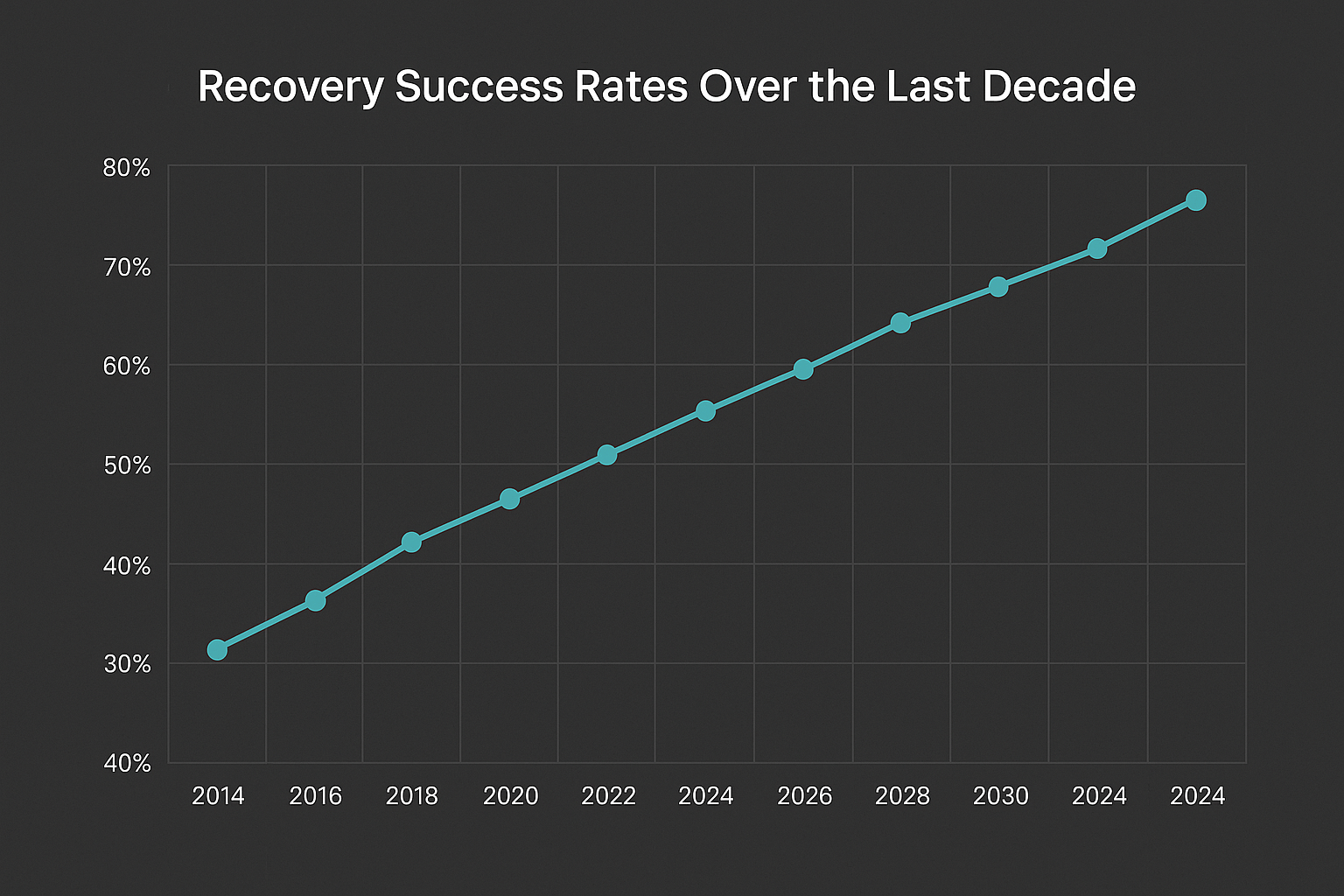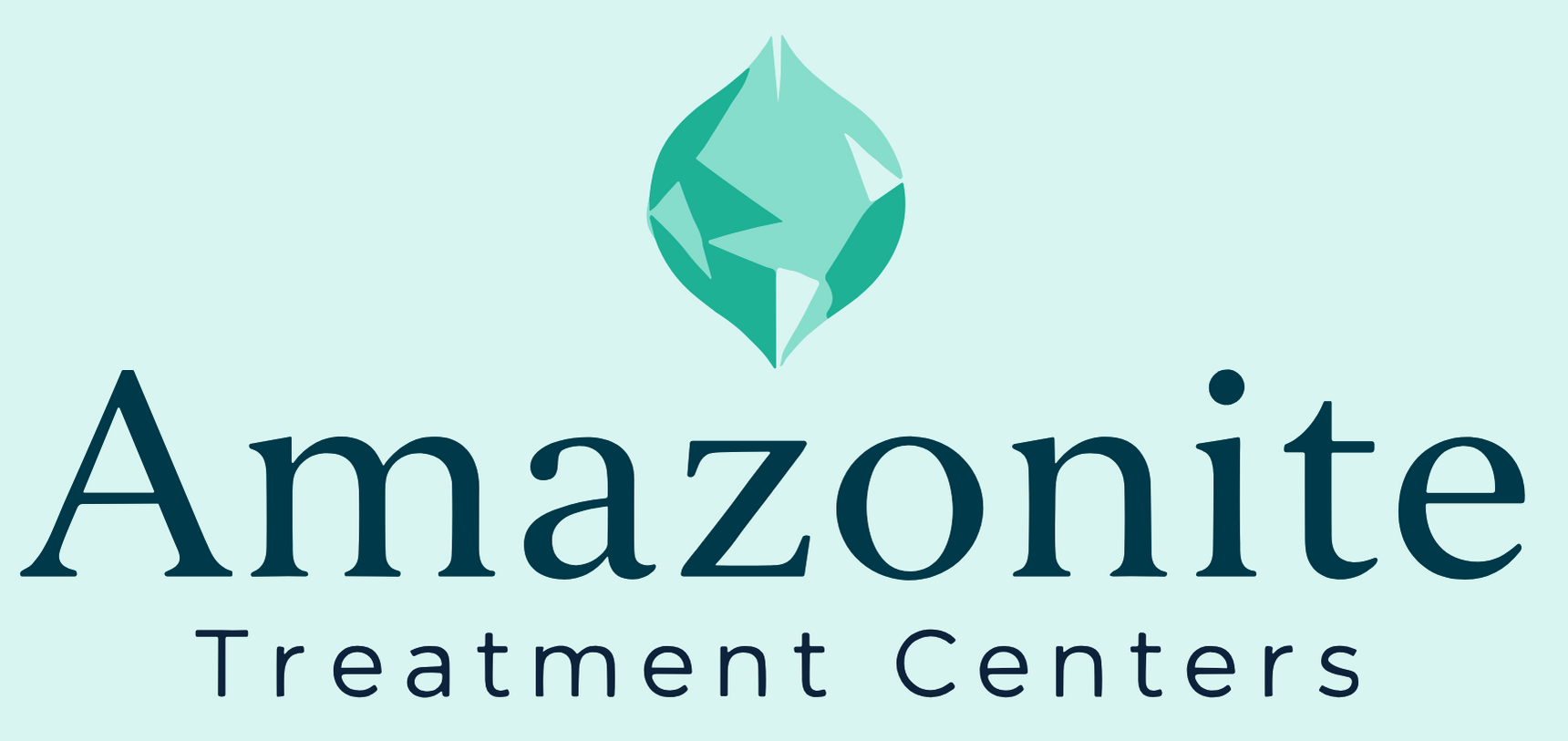Addiction Recovery Statistics
Understanding the Numbers Behind Hope and Healing
Addiction recovery statistics reveal the challenges and successes individuals face on the path to sobriety. At Amazonite Treatment Center, we believe in using evidence-based approaches and real data to inspire hope, guide treatment, and support long-term recovery.
Understanding Addiction Recovery Statistics

Recent statistics offer a realistic look at the state of addiction and recovery across the United States. These numbers not only reflect the scope of the problem but also provide insight into what works—and why treatment matters.
22 million Americans are currently in recovery from substance use disorders, according to SAMHSA.
Roughly 75% of people who experience addiction eventually recover, with or without formal treatment, though professional care increases the chances of lasting recovery.
Among those who receive evidence-based treatment, the relapse rate drops to 40-60%, similar to the relapse rates for chronic diseases like asthma or diabetes.
Early intervention and aftercare support are key factors contributing to successful outcomes in recovery.
These statistics demonstrate that while addiction is a complex disease, recovery is achievable with the right support, resources, and commitment.
What the Numbers Really Mean
While national averages offer a broad view, each recovery journey is personal. Many people misunderstand relapse statistics—assuming they reflect failure. In truth, relapse is often a normal part of recovery and a signal that adjustments to the treatment plan may be necessary.
At Amazonite, we treat addiction as a chronic condition that requires compassion, consistency, and individualized care. Our focus isn’t just on short-term sobriety but long-term success and personal growth.
How Amazonite Treatment Center Improves Recovery Outcomes

Individualized Treatment Plans
Every individual receives a plan tailored to their specific substance use history, mental health needs, and lifestyle—making care more effective and engaging.
Dual Diagnosis Care
We address co-occurring mental health conditions like depression, anxiety, or trauma that often fuel addiction and hinder recovery.
Evidence-Based Therapies
Our programs include CBT, DBT, trauma-informed care, and relapse prevention techniques proven to reduce recurrence and improve quality of life.
Ongoing Support and Aftercare
Our commitment to each client extends beyond their primary treatment program. We offer continued support, alumni resources, and follow-up care to reduce relapse risk and reinforce healing.
Why Recovery Rates Matter

Recovery statistics help us track progress, improve treatment models, and reduce stigma. But the most important number is one—because every person who gets help represents a life reclaimed, a family restored, and a future renewed.
If you’re considering treatment for yourself or a loved one, remember: the data shows that recovery is not only possible—it’s probable with the right support.
